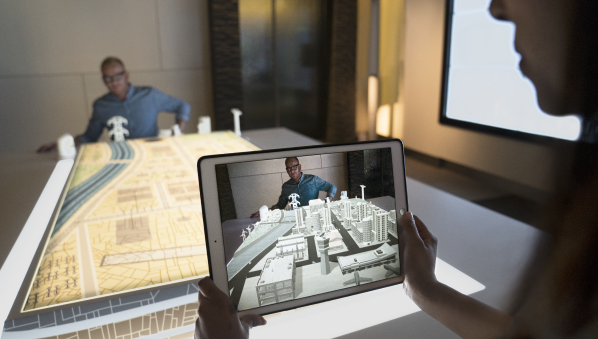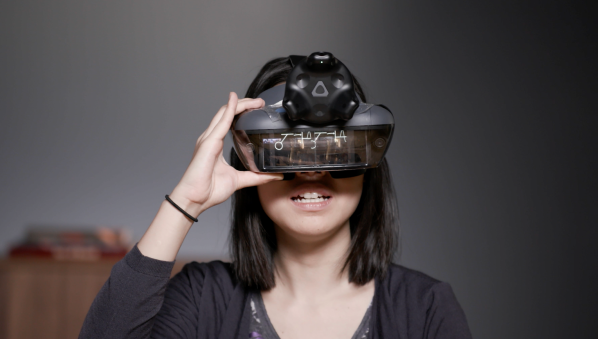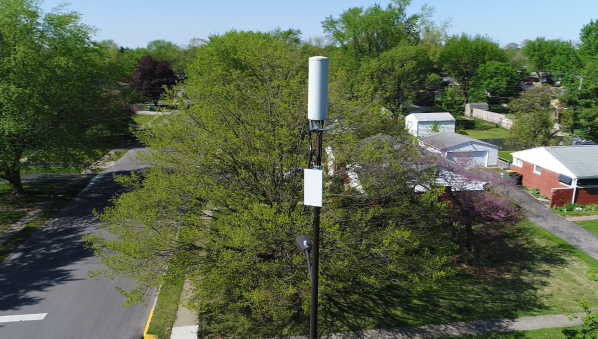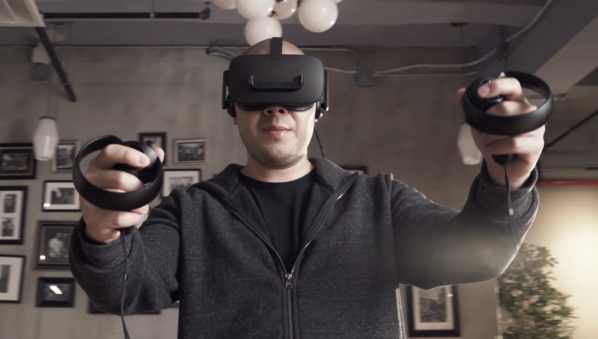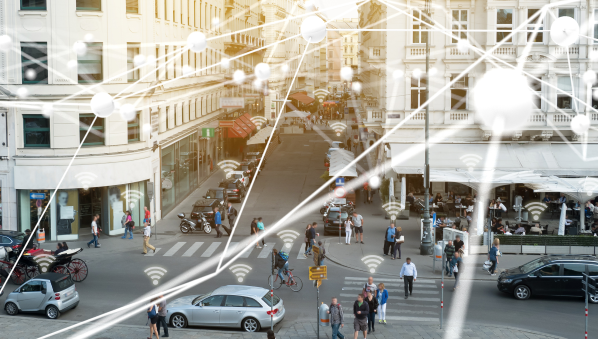The right modem and router configuration for you depends on several factors, including the size and layout of your home, the number of devices on your network, and your budget. For instance, a modem-router combo may be all you need if you have a small home with only a few devices. If you have a larger home or many devices, you may need to invest in a Wi-Fi extender or mesh system.
A Wi-Fi extender rebroadcasts the original signal from your router, enabling you to tap into an uninterrupted signal. A mesh Wi-Fi router system is multiple access points, or nodes, that communicate with each other. Each node broadcasts its own signal but is linked to the others via software. You tap into the signal from a particular node based on where it’s located.
Essentially, each node in the mesh is a router. A mesh setup is ideal if you have a large property with multiple dead spots where you need multiple devices to be able to seamlessly connect. If you only have one dead area — an outbuilding where your office is located, for example — a Wi-Fi extender should do the trick.
Equally important is to consider the types of internet connections you have and the speed of your internet service. If you have a high-speed fiber-optic connection, you may need a newer modem-router combo that can handle that type of connection. On the other hand, if you only have a slow DSL connection, and you don’t need to connect wirelessly, a standalone modem may be all you need.
Here’s the rundown of each type of modem and router so you can make a decision.
Singular modem
On one hand, a standalone modem is simple to set up and use. Typically, you’ll only need an Ethernet cable to connect to the modem and get internet, regardless of whether it’s dial-up, DSL or cable.
On the other hand, this simple set-up is a limitation, as you may not want to deal with an Ethernet cable, and you can only connect one device to the modem’s single Ethernet port. Worse yet, a modem doesn’t come with any built-in security and privacy features, and you may need to replace it if your ISP upgrades its equipment.
Separate modem and router
If you opt for a separate modem and router, you’ll get a more secure connection than a modem alone can offer. You’ll be able to connect a variety of devices, and if the router is wireless, you can do so without cables. The router should also offer more security features than a standalone modem would.
However, you’ll most likely pay more than you would for a standalone modem, the addition of a separate router will take up more space, and it could be more difficult to set up and use, especially if the modem and router are made by different companies.
Modem and router combo
Today’s advanced modem-router combos are the best of both worlds: they take up less space than a separate modem and router, can be less expensive, and offer more convenience, due to the fact that you only have to set up one device. What’s more, you can find combos capable of supporting the highest internet speeds. You’ll be able to connect multiple devices wirelessly — perfect for streamers, gamers, small businesses and anyone who enjoys updated, streamlined technology.
While technology has made it easier than ever to connect to the internet, there are still a few things you need to know before you can get online. For instance, it's essential to know viable solutions for network strain, as homes with many devices can often suffer from connection issues, especially those with multiple devices connecting to the internet simultaneously.
Another important consideration is security; with so many devices and people connecting to the internet, it's more important than ever to ensure your home network is secure. Other key considerations include internet speed and reliability, both of which are essential for a smooth online experience.
No matter what modem, router, or combination device you choose, it's necessary to understand the difference between the devices and how they work together. With that knowledge, you can make an informed decision about which type of modem or router is right for your home.

